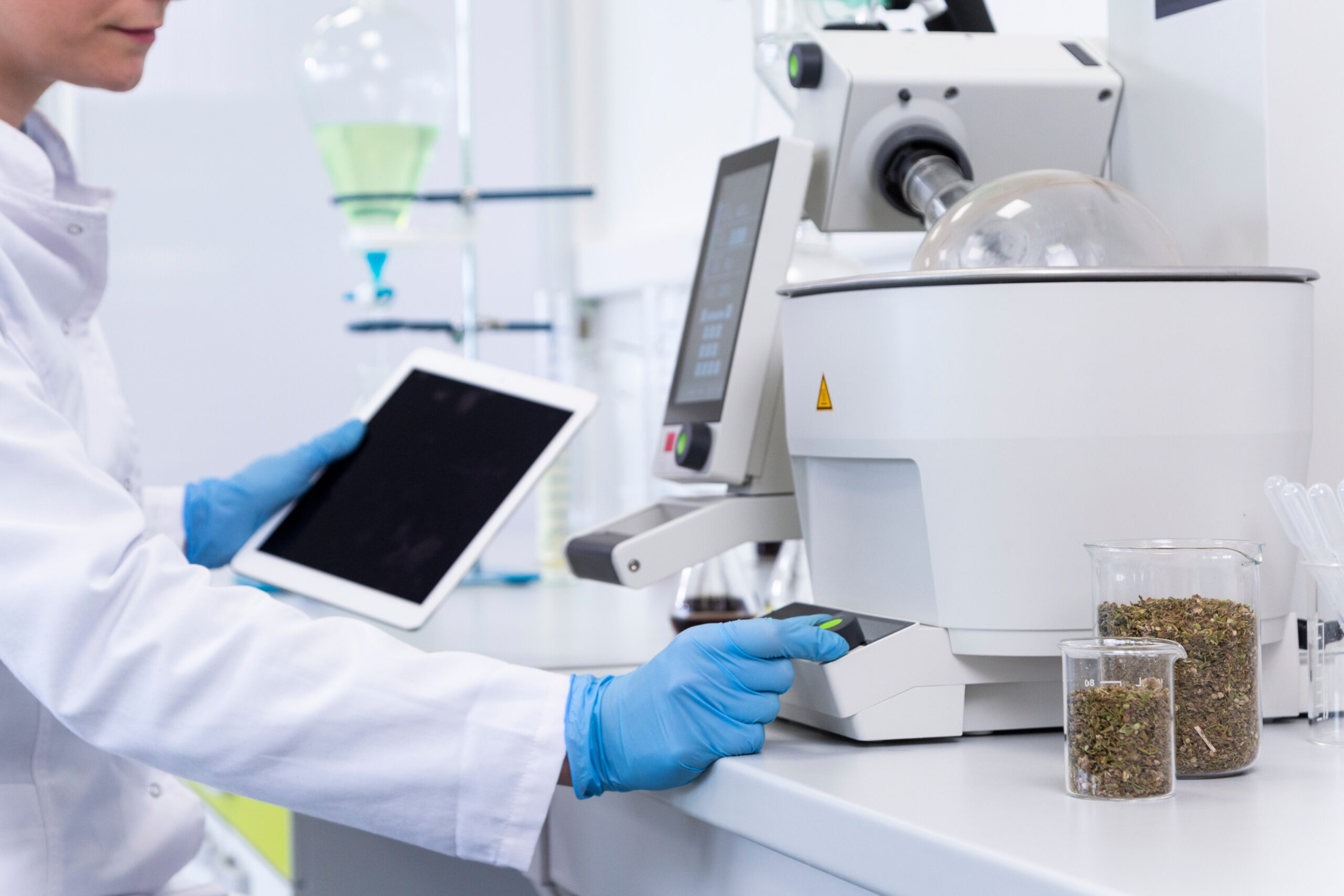Types of CBD And CBD Extraction Methods

Making your first CBD purchase could be quite a confusing process. Many terms are often used to sell CBD, including isolate, broad-spectrum, full-spectrum, extraction method, and a host of others. Without a proper understanding of CBD, you could end up buying a product that’s not right for you. This article briefly analyzes CBD’s three primary types, as well as a few of the most widely utilized CBD extraction methods to help you avoid this pitfall.
What is CBD Extract?
Typically derived from the hemp plant, CBD (cannabidiol) is a natural and organic chemical compound primarily studied for its vast therapeutic potential. Cannabidiol demonstrates research-supported promise as a novel therapy for various conditions and disorders, including:
- Anxiety & depression [1]
- Chemotherapy-induced peripheral neuropathy [2]
- Chronic pain & inflammation [3]
- Diabetes [4]
- Epileptic & non-epileptic seizures [5]
- Gastrointestinal (GI) issues [6]
- Post-traumatic stress disorder (PTSD) [7]
For more information about CBD, we have already written a more detailed article that you can read here. [8]
Types of CBD
There are three primary types of cannabidiol, including full-spectrum, broad-spectrum, and CBD isolate. Understanding the primary differences could help you find your ideal CBD-infused product.
- Full-spectrum CBD: Full-spectrum products contain the full scope of cannabinoids, terpenes, and flavonoids present within the hemp plant, including trace amounts of THC (less than 0.3%). Various studies suggest that full-spectrum extracts promote a sophisticated synergistic relationship between all compounds, commonly referred to as the “entourage effect.” [9]
- Broad-spectrum CBD: Broad-spectrum CBD is created by removing the trace amounts of THC from a full-spectrum extract. The remaining cannabinoids, terpenes, and flavonoids retain their synergistic relationship.
- CBD isolate: CBD isolates contain up to 99% pure cannabidiol. All other hemp-based compounds present upon extraction, including other cannabinoids, terpenes, and flavonoids, are filtered and removed from the final product. While incredibly potent, isolates lose all previous synergy.
CBD Extraction Methods
CBD extraction aims to capture the cannabinoid (and many others, including terpenes and flavonoids) in a highly concentrated format and to make them suitable for human consumption. There are a variety of tried-and-true methods of extracting cannabidiol from hemp or cannabis plants. However, most employ one of the following three techniques to extract CBD.
Supercritical CO2 Extraction
Considered the “gold standard” of cannabinoid extraction, supercritical CO2 utilizes pressurized carbon dioxide to strip plant matter (typically hemp) of its chemical compounds. Supercritical CO2 is also used widely in the food industry due to its high safety profile, consistency, and purity.
Solvent Extraction
Ethanol, butane, and other low-grade alcohols are commonly applied during select cannabinoid extraction processes. Once the solvent is administered to the plant matter, it is then heated for anywhere from 1-2 hours. This process results in the extraction of the plant’s chemical compounds, including cannabidiol (CBD).
Olive Oil Extraction
Olive oil is the most common substance that can be utilized, especially for at-home extractions. Like the solvent extraction method, dried hemp matter is introduced to olive oil and then heated for anywhere from 1-2 hours to strip the plant of its chemical components.
Post-CBD Extraction
After the raw oil is derived successfully, the extract is refined through a procedure commonly referred to as “winterization.” The process filters and removes any potentially harmful chlorophyll, solvents, and unwanted lipids—resulting in a “full-spectrum” hemp oil containing up to 70-90% CBD, as well as other minor cannabinoids, terpenes, and flavonoids.
Further steps are required to create broad-spectrum products. The full-spectrum extract undergoes an additional procedure known as liquid chromatography [10] to eliminate THC’s trace amounts while retaining the synergistic relationship shared between all remaining cannabinoids, terpenes, and flavonoids.
The hemp extract must undergo an additional refinement phase after winterization, called Short Path Distillation, to create CBD isolate. While the remaining oil can contain up to 99% pure cannabidiol, it no longer offers any synergistic qualities stemming from the entourage effect.
What is the Best CBD Extraction Method?
Each CBD extraction method boasts unique pros and cons. However, most CBD companies opt to use supercritical CO2 extraction due to its efficiency and ability to produce consistently pure products with no toxic residue. Consumers wishing to create their own CBD extractions would benefit most from olive oil, as it is widely regarded as one of the safest and most affordable methods available.
*The information provided in this article is for educational and informational purposes only and solely as an educational tool for your own use.*


